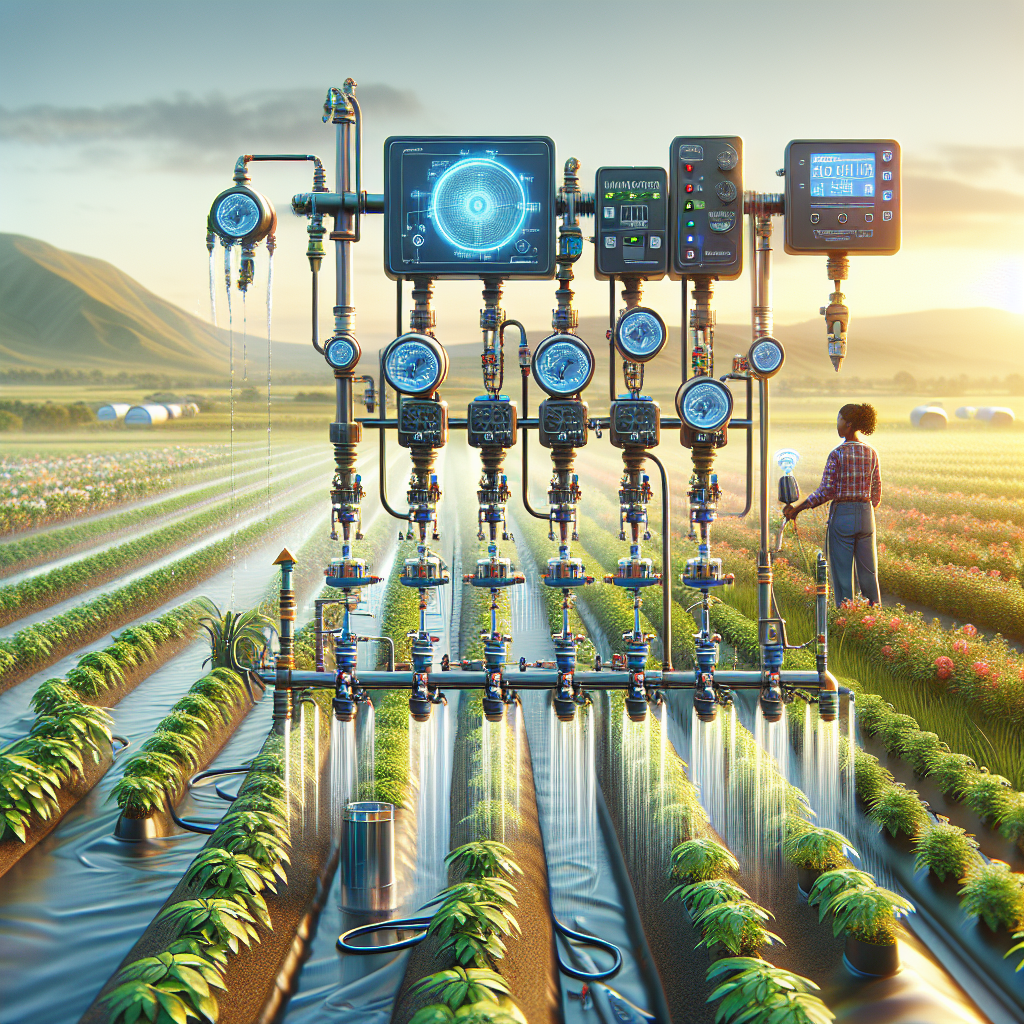Slow drip irrigation is a method of watering plants that involves delivering small amounts of water directly to the roots of the plants slowly and consistently. This differs from traditional irrigation methods, such as sprinklers or flood irrigation, which can lead to water wastage and inefficient water usage. Slow drip irrigation is gaining popularity due to its efficiency in conserving water resources and promoting healthier plant growth. Technology plays a crucial role in advancing slow drip irrigation systems, making them more efficient, cost-effective, and environmentally friendly.
One of the key advancements in slow drip irrigation technology is the development of automated systems. These systems use sensors to monitor soil moisture levels and adjust watering schedules accordingly. This allows farmers to ensure that their plants receive the optimal amount of water at all times, reducing water wastage and promoting better plant health. Automated systems also save farmers time and labor by eliminating the need for manual watering.
Another important technological advancement in slow drip irrigation is the use of smart controllers. Smart controllers can be programmed to deliver water at specific times and in specific amounts based on factors such as weather conditions, plant type, and soil type. This precision watering helps prevent overwatering or underwatering plants, leading to higher yields and healthier crops. Smart controllers also allow farmers to monitor their irrigation systems remotely through mobile apps or online platforms, giving them greater control over their water usage.
In addition to automated systems and smart controllers, advancements in sensor technology have also contributed to the improved efficiency of slow drip irrigation. Soil moisture sensors can be inserted into the ground near plant roots to measure moisture levels in real-time. This data can then be used to fine-tune watering schedules and ensure that plants receive just the right amount of water they need. Sensors can also detect leaks or other issues with the irrigation system, helping farmers quickly address any problems before they affect crop quality.
Furthermore, advancements in materials science have led to the development of more durable and efficient drip irrigation components. For example, manufacturers are now producing tubing and emitters with improved resistance to clogging and UV degradation. This increases the lifespan of these components and reduces maintenance costs for farmers using slow drip irrigation systems.
Another area where technology is making a significant impact on slow drip irrigation is through data analytics and artificial intelligence (AI). By collecting data on factors such as rainfall patterns, temperature fluctuations, soil composition, and crop growth rates, AI algorithms can help optimize watering schedules for maximum efficiency. These algorithms can also predict future water requirements based on historical data trends, allowing farmers to plan ahead for changing weather conditions or crop cycles.
Overall, technology has played a vital role in advancing slow drip irrigation systems by making them more efficient, cost-effective, sustainable, and user-friendly. As agriculture continues to face challenges related to climate change and limited water resources, it is essential for farmers to adopt innovative technologies that can help them conserve water while maximizing crop yields. Slow drip irrigation technology offers a promising solution to these challenges by providing an efficient way to deliver water directly where it is needed most – at the roots of plants.













